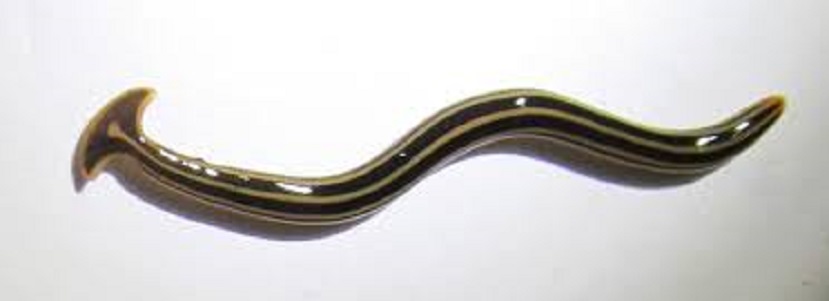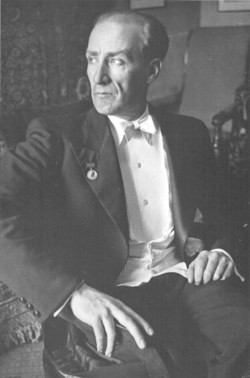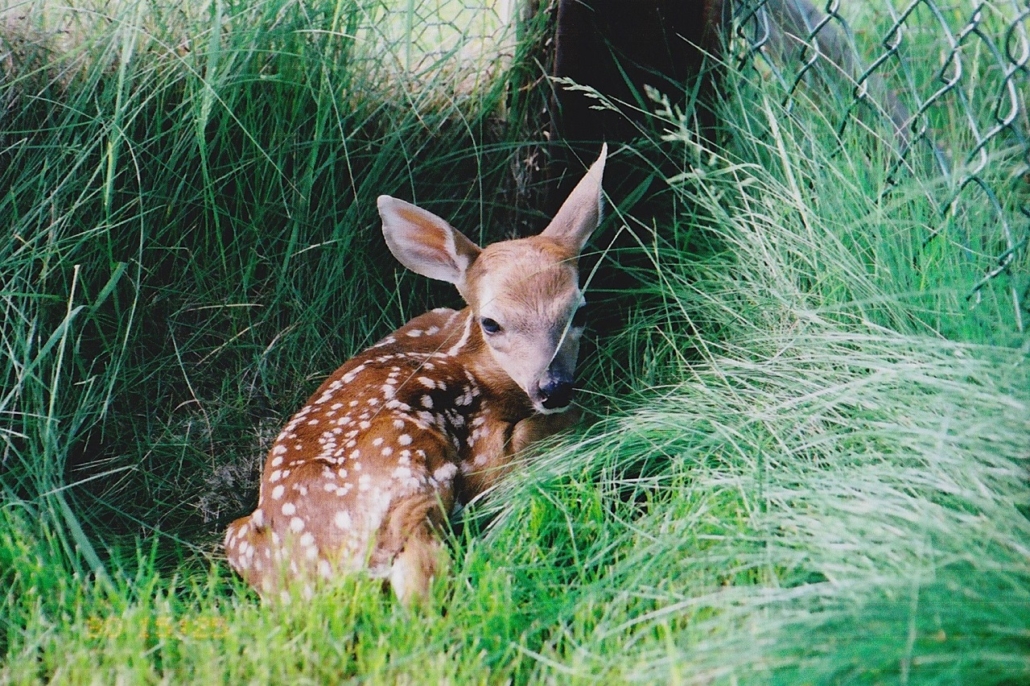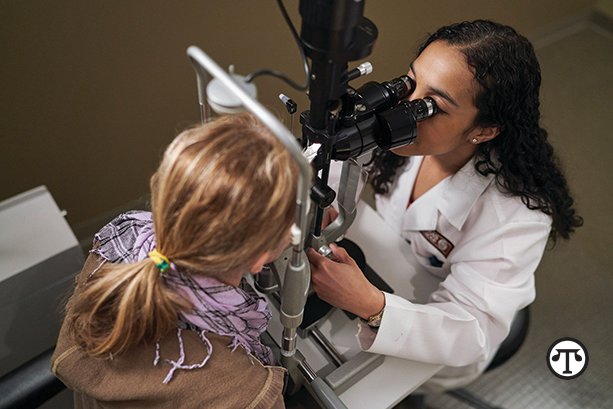SMALL SPACE GARDENING: Enlist nature’s help for managing garden pests
 by Melinda Myers
by Melinda Myers
Put away the harsh chemicals and work in concert with nature to manage pests in the garden. Create an inviting habitat for nature’s pest controllers to enlist their help with your gardening efforts.
Lady beetles, praying mantis and other beneficial insects feed on damaging pests like aphids. Just tolerate a bit of damage and wait for the good guys to move in and clean up the problem.
Grow a few plants to attract these and other beneficial insects to your landscape. Dill and its relatives attract parasitic wasps, coreopsis brings in the aphid-eating lacewings, and milkweed attracts lady beetles as well as monarch and other butterflies. Add some hyssop to attract the pirate bugs that eat thrips, spider mites and leafhoppers. Then plant members of the aster family to attract spiders that eat a variety of insects.
Invite songbirds into your gardens. They add motion and color to the landscape and help manage garden pests. Most songbirds eat a combination of fruits, berries, seeds, and insects. Their diet varies with the season. During spring and summer, they eat lots of insects and spiders when they are plentiful, easy to catch and an important part of their hatchlings’ diet.
A birdbath will help attract them and beneficial insects to the garden. Select one with sloping sides for easy access to the water. Add a few seed producing flowers like black-eyed Susans, coneflowers, salvia, coreopsis and more. If space allows, include a few berry producing shrubs like dogwoods and evergreens for shelter.
Leave some leaf litter under trees and shrubs and in the garden for toads that dine on slugs and other insects. Include a shallow pond or water feature. Even a shallow saucer filled with chlorine-free water is effective. Place rocks in and around the water for added toad appeal. Purchase or make your own toad abode from a ceramic or clay pot. Place it in a shady location near a garden filled with protein-rich insects. Set it directly on the soil and elevate one side with stones or use a cracked or broken pot that provides an entryway for the toad.
If you can’t wait for nature’s help, look for more eco-friendly options. Knock aphids and mites off plants with a strong blast of water. Trap slugs with shallow cans filled with beer. Trap and kill aphids in yellow bowls filled with soapy water.
Use barriers of floating row covers to keep pests like cabbage worms, Japanese beetles and bean beetles off plants that don’t need bees for pollination. These fabrics let air, light and water through so just loosely cover the plants at planting, anchor the edges and allow the plants to support the fabric.
Use these fabrics to help manage squash vine borer and squash bugs. Cover squash plants at planting. Remove the fabric as soon as the plants begin flowering for bees to pollinate the flowers. Only use this method if these pests were not a problem in this area of the garden the previous growing season.
Remove and destroy, smash, or prune out pest-infested stems as they are found. Enlist the help of young gardeners. Teach them the difference between the good and bad bugs in the garden. Then show them how to pluck, drop and stomp the plant-damaging pests. They’ll burn off some excess energy while helping maintain your garden.
If you decide to intervene with a chemical control, look for the most eco-friendly option on the market. Always read and follow label directions as these chemicals are designed to kill insects and if misapplied can harm beneficial insects as well.
Melinda Myers has written more than 20 gardening books, including The Midwest Gardener’s Handbook, 2nd Edition and Small Space Gardening. She hosts The Great Courses “How to Grow Anything” DVD series and the nationally-syndicated Melinda’s Garden Moment TV & radio program. Myers is a columnist and contributing editor for Birds & Blooms magazine and was commissioned by Summit for her expertise to write this article. Her website is www.MelindaMyers.com.
















